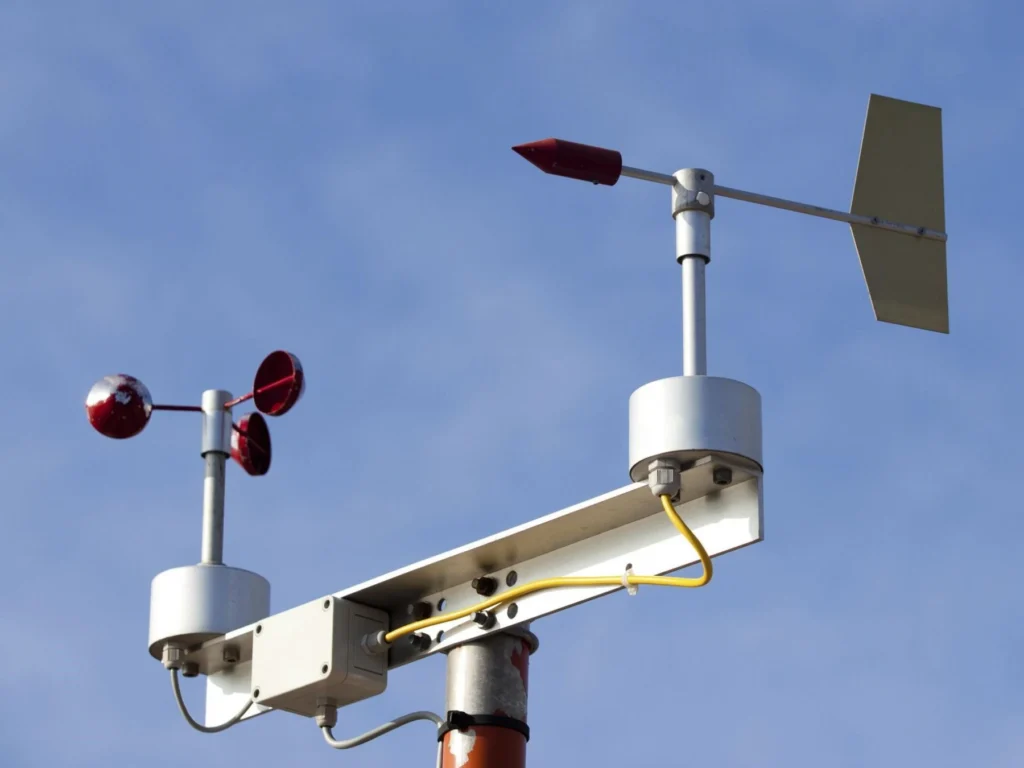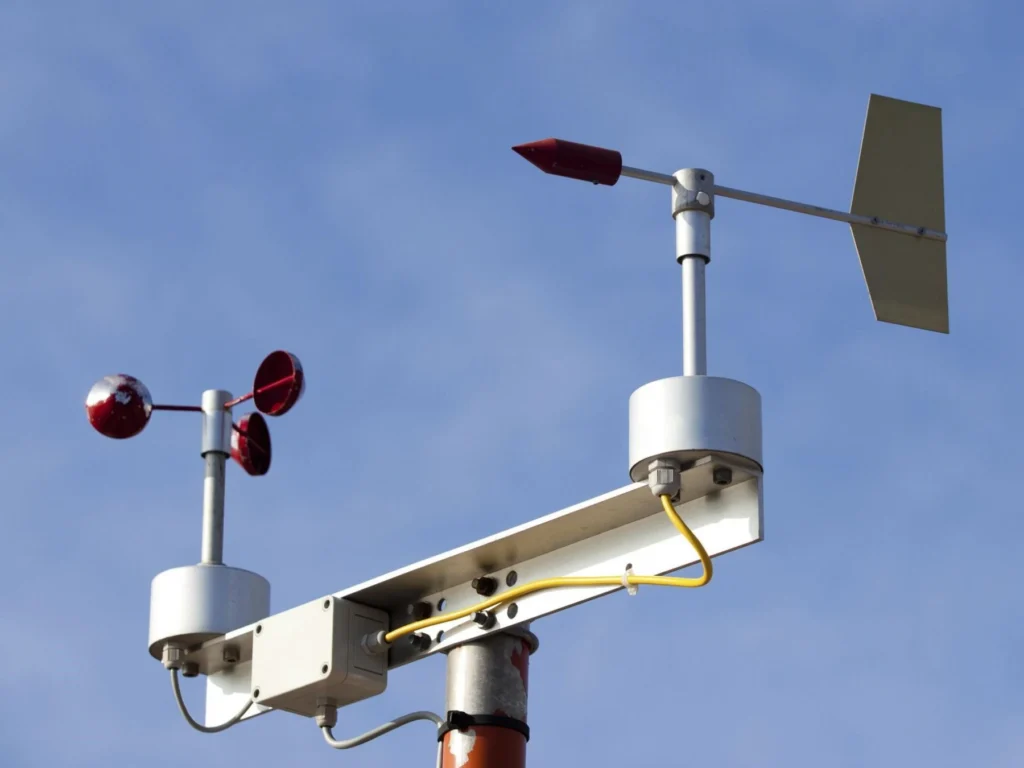
# Anemometer: The Instrument for Measuring Wind Speed
Wind speed is a crucial parameter in various fields, including meteorology, aviation, and environmental studies. To accurately measure wind speed, scientists and engineers rely on a specialized instrument known as an anemometer. This device has become an indispensable tool for understanding and predicting weather patterns, ensuring safe air travel, and assessing the potential of wind energy.
## What is an Anemometer?
An anemometer is a device designed to measure the speed of wind. The term “anemometer” is derived from the Greek word “anemos,” meaning wind, and “metron,” meaning measure. There are several types of anemometers, each with its own unique mechanism for capturing wind speed data.
### Types of Anemometers
1. **Cup Anemometer**: This is one of the most common types of anemometers. It consists of three or four cups mounted on horizontal arms, which are attached to a vertical rod. As the wind blows, the cups rotate, and the speed of rotation is proportional to the wind speed. The number of rotations per unit time is then converted into a wind speed reading.
2. **Vane Anemometer**: Also known as a windmill anemometer, this type uses a propeller or a set of blades that rotate when exposed to wind. The rotation speed is measured and converted into wind speed. Vane anemometers are often used in handheld devices for quick and portable measurements.
3. **Hot-Wire Anemometer**: This type uses a thin wire heated to a constant temperature. As wind passes over the wire, it cools down, and the amount of cooling is proportional to the wind speed. Hot-wire anemometers are highly sensitive and are often used in laboratory settings.
4. **Ultrasonic Anemometer**: This advanced type uses ultrasonic sound waves to measure wind speed. It consists of multiple pairs of transducers that send and receive sound waves. The time it takes for the sound waves to travel between the transducers is affected by the wind speed, allowing for precise measurements.
## Applications of Anemometers
Anemometers are used in a wide range of applications:
– **Meteorology**: Weather stations use anemometers to monitor wind speed as part of their daily weather observations. This data is crucial for weather forecasting and climate studies.
– **Aviation**: Airports use anemometers to ensure safe takeoff and landing conditions. Pilots rely on accurate wind speed readings to make informed decisions during flights.
– **Wind Energy**: The wind energy industry uses anemometers to assess the potential of wind farms. Accurate wind speed measurements are essential for determining the feasibility and efficiency of wind turbines.
– **Environmental Studies**: Researchers use anemometers to study the impact of wind on ecosystems, air quality, and pollution dispersion.
## Conclusion
The anemometer is a vital instrument for measuring wind speed, with applications spanning meteorology, aviation, wind energy, and environmental studies. Its various types, from the simple cup anemometer to the sophisticated ultrasonic anemometer, offer flexibility and precision in capturing wind data. As our understanding of weather patterns and environmental impacts continues to grow, the anemometer will remain an essential tool in our quest to harness and understand the power of the wind.
Keyword: instrument to measure wind speed
